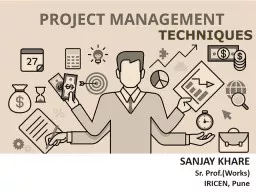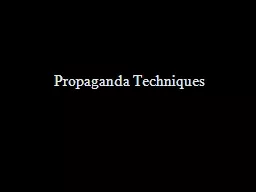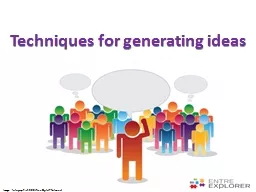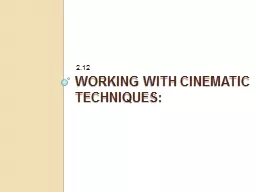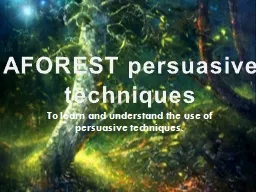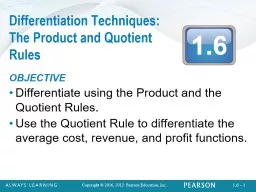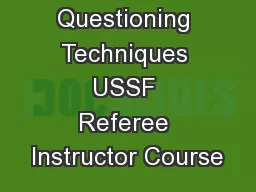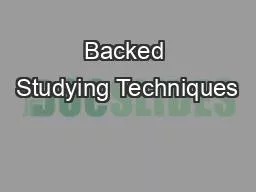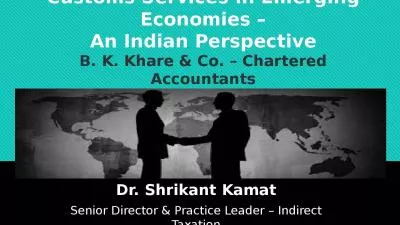PPT-TECHNIQUES SANJAY KHARE Sr.
Author : chipaudi | Published Date : 2020-06-19
Prof Works IRICEN Pune Budget Overrun 1400 Schedule overrun 350 SOH may be failure in term of Project management but successful as a human creation Symbol of Australia
Presentation Embed Code
Download Presentation
Download Presentation The PPT/PDF document "TECHNIQUES SANJAY KHARE Sr." is the property of its rightful owner. Permission is granted to download and print the materials on this website for personal, non-commercial use only, and to display it on your personal computer provided you do not modify the materials and that you retain all copyright notices contained in the materials. By downloading content from our website, you accept the terms of this agreement.
TECHNIQUES SANJAY KHARE Sr.: Transcript
Download Rules Of Document
"TECHNIQUES SANJAY KHARE Sr."The content belongs to its owner. You may download and print it for personal use, without modification, and keep all copyright notices. By downloading, you agree to these terms.
Related Documents

